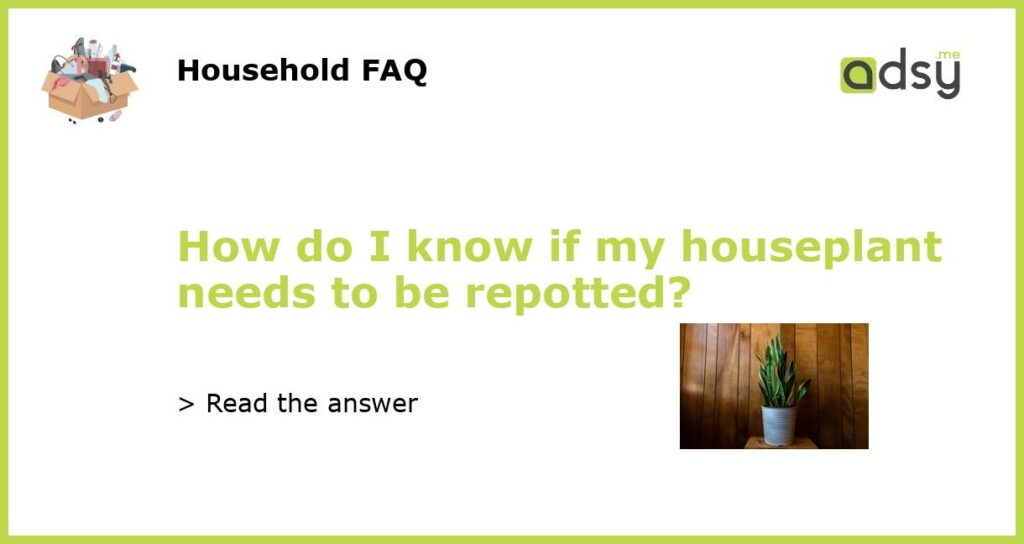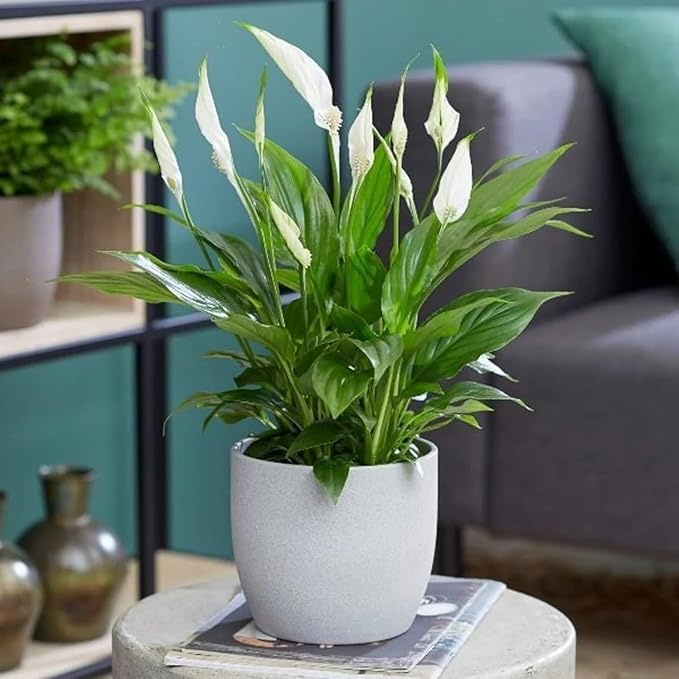Signs that indicate your houseplant needs to be repotted
Houseplants are a great way to spruce up your living space, but they require some care and attention. One major aspect of taking care of houseplants involves making sure they’re in the right size pot and soil. But how do you know when it’s time to repot your plant? Here are some signs that indicate your houseplant needs to be repotted:
The plant is root-bound
If you’ve had your houseplant for a while and it’s outgrown its pot, you might notice that the roots have started to wrap around each other and the edges of the pot. This is a sign that the plant is root-bound and needs to be repotted. In this case, the plant is no longer getting the nutrients it needs from the soil and is starting to become stressed.
The soil is compacted and dry
Another sign that your houseplant needs to be repotted is when the soil is dry and compacted. This means that the soil has become too dense and is no longer allowing for proper drainage. As a result, the plant may start to wilt or show signs of overwatering. If you lift the plant out of its pot and the roots are tightly packed together, it’s time to repot.
The plant is top-heavy
When a houseplant has outgrown its pot, it will become top-heavy and may start to lean to one side. This is because the roots are overcrowded and can no longer support the weight of the plant. If you notice your plant leaning or tipping over, it’s time to repot.
The plant is not growing or blooming
Plants need room to grow, and if they’re in a pot that’s too small, they won’t be able to reach their full potential. If you notice that your plant has stopped growing or blooming, it could be because it’s root-bound. By repotting the plant, you’ll give it the space and nutrients it needs to start thriving again.
The pot is cracked or damaged
If your plant pot is cracked or damaged, it’s time to repot your houseplant. The damaged pot can lead to poor drainage, which can cause the soil to become waterlogged and lead to root rot. By repotting your plant in a new pot, you’ll ensure that it has appropriate drainage and a healthy growing environment.






